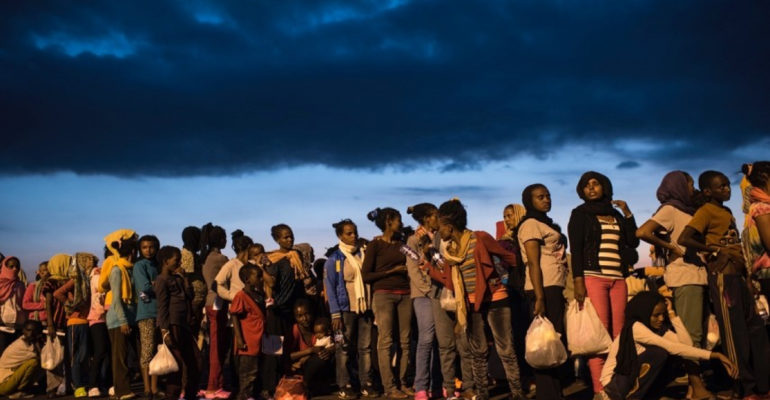AFRICA AND IMMIGRATION
Not everyone is aware of the fact that Europe is not the continent that takes in the most refugees it is Africa, with Sub-Saharan Africa alone hosting 26% of the total number of refugees. Many run away because of tensions in their countries, wars, violence, or political and religious persecutions. Due to recent crises in the Central African Republic, Nigeria, South Sudan, and tensions in Yemen and the African Great Lakes region, the number of refugees keeps increasing.
In 2020, a census was done to determine how many immigrants were accepted into each country of Africa and it has shown that South Africa had the highest number of immigrants with 2.9 million hosted, followed by Côte d’Ivoire with 2.6 million people and then by Uganda with 1.7 million immigrants.
WHAT LAWS ARE THERE IN SOUTH AFRICA REGARDING IMMIGRATION?
The South African immigration policy is found in the Immigration Act (2002) which states that a person has to obtain a permanent residence to live in South Africa. The Republic of South Africa cannot afford to grant permanent residence to those who are not seriously committed to immigrating to the country and to investing their assets, skills, knowledge, and experience in the country.
Furthermore, the act also states that there are various categories of immigration a person may fall within:
– Someone that has had a work permit for over 5 years
– Someone who has married a South African person
– The child (under 21) of a South African person
– A person who has received an offer of employment
– Someone with extraordinary skills
– Someone opening a business
– A refugee
– A retired person
– A relative (only close family) of a South African person
WHAT ABOUT THE CÔTE D’IVOIRE?
The Côte d’Ivoire lacks a comprehensive national migration policy. However, it is usually dealt with on a case-to-case basis and as a foundation, they use a policy that was originally put in place in 1990 and has been reviewed over the years. However, that as a foundation has a rather standard outlook on immigration, with similar criteria to South Africa (mentioned above). One can see an increase in the level of attention being paid to various immigration issues such as trafficking, although the focus remains on child victims, rather than on the whole spectrum of trafficking in persons. Regarding emigration, on the contrary, policies are close to non-existent and there are hardly any promises of any being made.
WHAT ARE THE POLICIES IN UGANDA?
Uganda has progressive policies to support the integration of refugees and asylum seekers, however, they are still fragmented. The Refugees Act ensures the freedom of movement for refugees within Uganda and ensures access to social services including health care and education for both refugees and members of their families. It is important to note, however, that whilst those who have voluntarily and legally moved to Uganda can apply for citizenship after 10 years, for refugees, it is a 20-year long wait.
A SPRINKLE OF HOPE
Whilst it does look complicated and difficult to immigrate to another country, what we can take from it is that each country is trying its very best to create laws that can accommodate both the citizens and the immigrants. While it may be a long process, one must have faith in worldwide organizations such as (but not limited to) the UN monitoring the situation in African countries, especially the ones most affected by immigration and the ones with precarious human rights situations.

